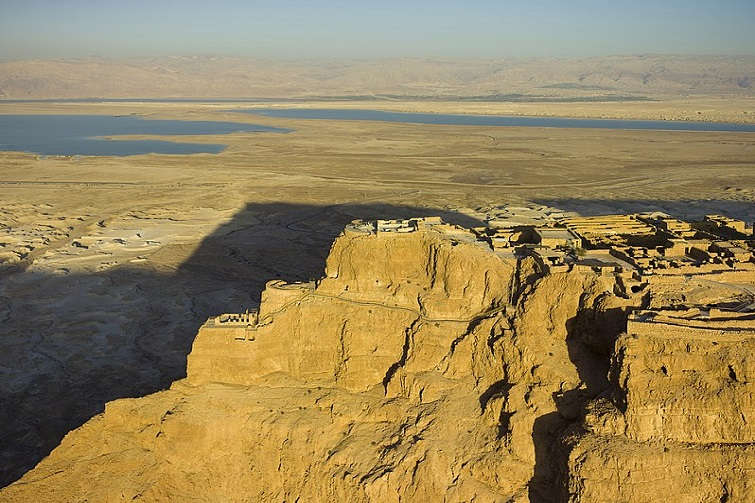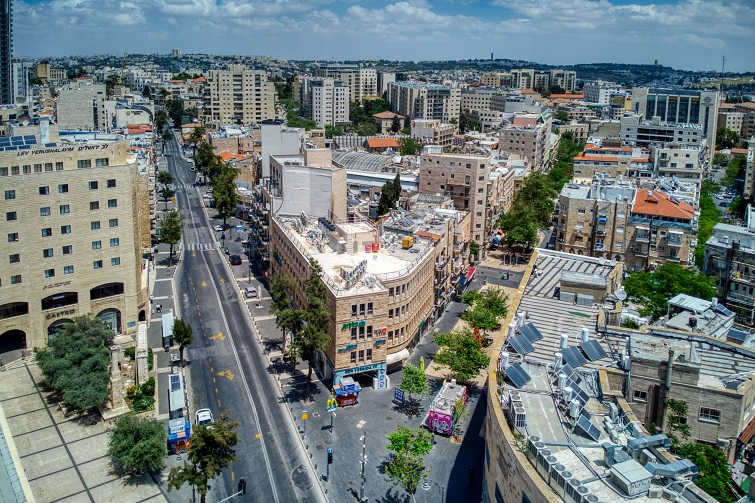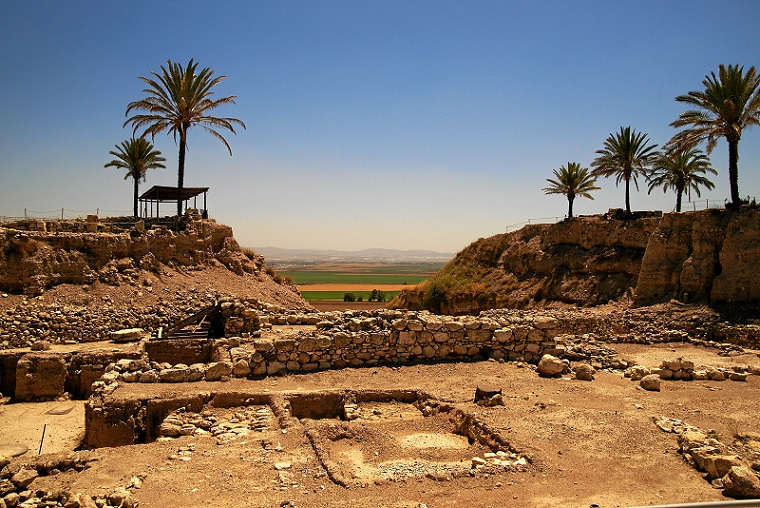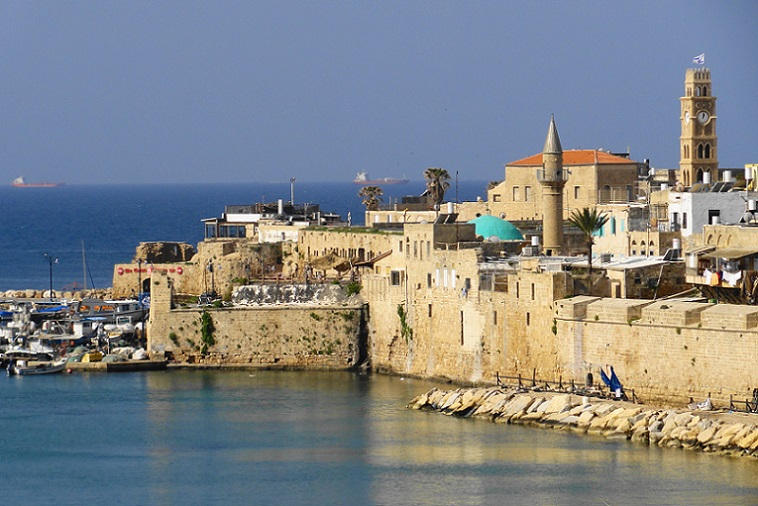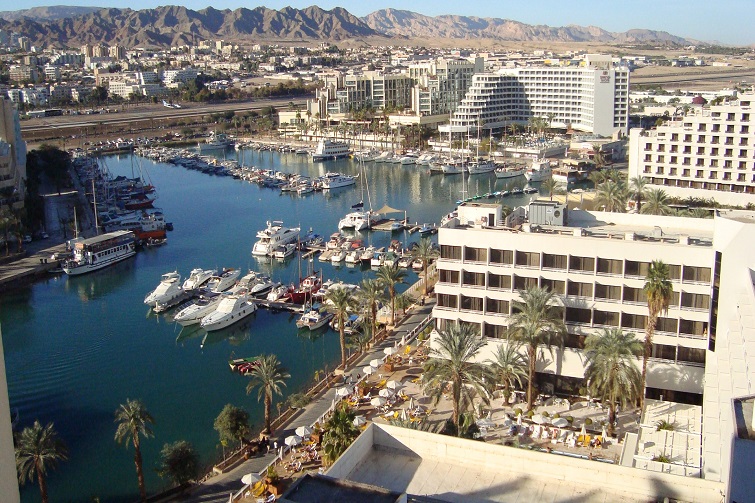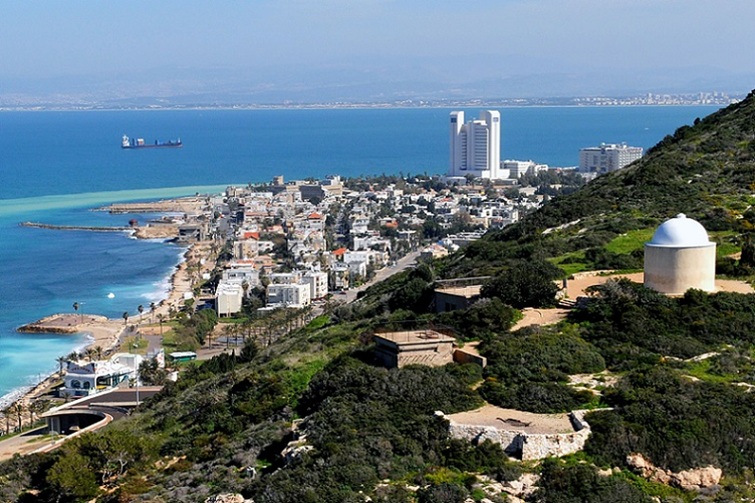Getting Around Israel
Tips for Navigating Your Trip in Israel
Revised and Updated – April 2025
- Israel is a fascinating destination with rich history, stunning landscapes, and vibrant cities. For first-time visitors, understanding the local transportation system is key to a smooth and stress-free trip.
- Based on years of experience, I’ve created this guide to help you navigate Israel with ease. From booking reliable transport to using local taxi apps, you’ll find essential tips to make the most of your journey. With the right planning, you can explore Israel effortlessly and enjoy everything this incredible country has to offer!
Table of Contents
- Navigating Israel: Your Ultimate Travel Guide
- Transportation in Israel on Weekends and Holidays
- Rav-Kav Card: Your Key to Seamless Travel in Israel
- Traveling by Train in Israel
- Smart Itinerary Planning
- How to Visit Bethlehem
- Crossing from Jordan to Israel
- Taxi Sizes in Israel
- Taxi Apps in Israel
- Sherut – Shared Taxis in Israel
- Traveling to Remote Destinations in Israel
- Hitchhiking in Israel
- Thank you for visiting my website!
- Related Posts
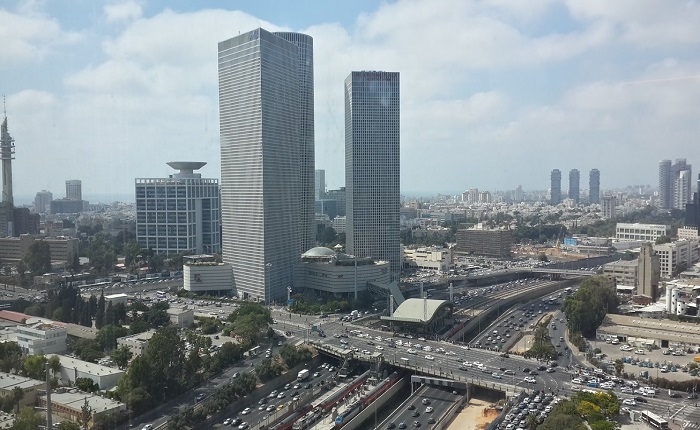
Transportation in Israel on Weekends and Holidays
- In Israel, the workweek runs from Sunday to Thursday, with the weekend falling on Friday and Saturday.
- If you’re taking a taxi and asking the driver to turn on the meter, be aware that night and weekend fares apply from Thursday at 21:01 until Sunday at 6:00. The same higher fares also apply on Jewish holidays, starting from 16:00 on the holiday eve until 6:00 the morning after the holiday.
- Public transportation in Israel does not operate during Jewish holidays and weekends (from Friday afternoon until Sunday morning). This includes buses, trains, and light rail, both within and between cities.
- Note that if your flight lands on the weekend or a holiday, taxis will be your only public transportation option from Ben Gurion Airport. To avoid long waits or high fares, it’s highly recommended to pre-book your airport transfer in advance with a trusted taxi operator and travel stress-free.
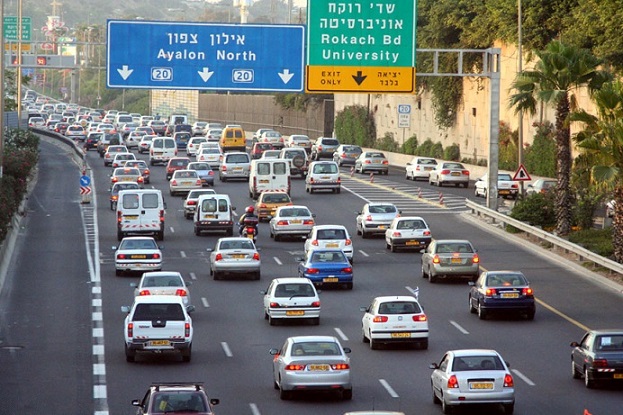
Rav-Kav Card: Your Key to Seamless Travel in Israel
- The Rav-Kav card is an essential travel companion for public transportation in Israel. This unified smart card offers easy access to buses, trains, light rails, and even select shared taxis (Sheruts). It enables travelers to transfer seamlessly between different modes of transportation within a 90-minute time window, eliminating the need for separate tickets and ensuring a smooth travel experience. Accepted by all major operators, the Rav-Kav card is a must-have for anyone planning to use public transportation during their stay in Israel.
- The Rav-Kav card can be purchased in the arrivals area at Ben Gurion Airport. It can later be recharged at ATMs and designated kiosks in various locations across Israel, through the official Rav-Kav online website, or even directly from your smartphone by using the Rav-Kav online app. Acquiring a Rav-Kav card at Ben Gurion Airport is a convenient and efficient way to start your trip in Israel. More information can be found on the official Rav-Kav website.
Traveling by Train in Israel
- Israel boasts a highly efficient and well-connected train system, providing a convenient and reliable mode of transportation for travelers. The Israel Railways network effortlessly connects major cities, making it easy for visitors to explore the country, all while keeping costs affordable. The Rav-Kav card simplifies transitions between trains, buses, and light rails, improving the overall travel experience.
- Train journeys in Israel offer modern comfort and stunning views, but there are a few potential downsides to consider. In many cities, train stations are located quite far from the city center or popular areas, meaning you’ll need to take an additional bus or taxi to reach your destination. Additionally, trains do not operate on weekends or Jewish holidays, which can limit your transportation options on those specific days.
- The train system in Israel is a reliable and convenient option for travelers looking to reach major destinations such as Jerusalem, Tel Aviv, Haifa, and Be’er Sheva, while exploring the country’s rich cultural heritage, historical landmarks, and diverse landscapes with ease and flexibility. For the latest information on train routes, frequencies, fares, and timetables, be sure to visit the official Israel Railways website when planning your trip.
Smart Itinerary Planning
- Israel is a relatively small country, which can make points of interest seem close together on the map, with short driving distances between them. However, when planning your day trip itinerary, it’s important to consider other time-consuming factors such as traffic, parking, and unplanned stops along the way.
- To put things into perspective, just because the map makes it look feasible to travel from Haifa port to The Dead Sea with a stop in Jerusalem, doesn’t mean it’s practical. As the saying goes, a bird in the hand is worth two in the bush. From Haifa port, a more realistic day trip would be to nearby sites like Haifa, Nazareth, Akko, and The Sea of Galilee, while Ashdod port is a better starting point for a day trip to Jerusalem and The Dead Sea.
How to Visit Bethlehem
- Those wishing to visit Bethlehem should note that Israeli taxis are not permitted to enter the territories of the Palestinian Authority. As a result, you’ll need to take a taxi (or a bus) from Jerusalem to the crossing point, also known as Checkpoint 300. After crossing to the Palestinian side on foot (no passport required), you can find a local Palestinian taxi to take you to the Church of the Nativity, which is about a 10-minute drive away.
- Alternatively, you can find a Palestinian taxi (yellow vehicles with green license plates) in eastern Jerusalem, where the driver is authorized to cross the checkpoint with his vehicle and hire him for the round trip to Bethlehem.
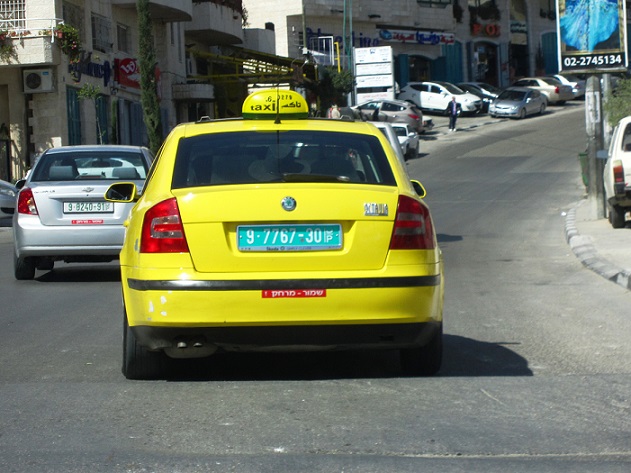
Crossing from Jordan to Israel
- If you plan to visit Jordan first and then cross into Israel, it’s important to prepare in advance. Jordanian taxis are not permitted to operate in Israel, and likewise, Israeli taxis cannot operate in Jordan. If you’re arriving from Amman, you’ll need to take a local taxi to one of the three border crossings and arrange for another taxi on the Israeli side to reach your next destination. Be sure to check the operating hours of each border crossing in advance, and be prepared for potential delays, as they can be busy with long lines.
Taxi Sizes in Israel
- The most common taxi in Israel is a standard sedan, which can accommodate either three passengers with a large suitcase each or four passengers with carry-on luggage. While larger taxis are available, they are less common and can sometimes be difficult to find. Therefore, families, groups with extra luggage, or individual travelers carrying multiple suitcases are advised to pre-book their transportation with a reputable taxi operator. To ensure you get the most suitable taxi vehicle, be sure to specify the number of passengers and the exact size and quantity of luggage when booking.

Taxi Apps in Israel
- Like many travelers to Israel you may be wondering: ‘Is there Uber in Israel?‘ As of 2025, Uber does not operate in Israel and the same is true for Lyft. However, you can order a taxi using local ride-hailing apps like Gett or Yango, both functioning as Uber alternatives in Israel. In most major cities, these apps can help you find a taxi quickly. One key advantage is that they display the fare upfront, preventing misunderstandings or overcharging.
- Payment can be made in cash or by card, but tipping is not expected – though it’s appreciated for exceptional service. If you hail a taxi on the street or at the airport, you can either negotiate the fare with the driver before the trip or simply request them to use the meter (called Moneh in Hebrew) to avoid any hassle.
- For more in-depth information and valuable tips check out my other guides:
- Sherut – the Hebrew word for service – refers to a shared taxi system operating within and between major cities in Israel. These 10-seater minivans follow specific bus routes but do not have designated stops. Instead, you can hail a sherut by raising your hand, and the driver will pull over for your convenience.
- The fare is similar to that of a bus, but payment is handled differently – passengers pass money forward to the driver, with change being returned the same way. To get off, simply inform the driver, who will stop at a convenient location.
- Unlike buses and trains, sheruts in major cities continue to operate on weekends, making them a reliable option when other public transportation is unavailable.
- In Tel Aviv, sheruts follow the routes of bus #4 and bus #5, covering the city’s main streets. For intercity travel, common sherut routes connect Tel Aviv with cities such as Jerusalem, Netanya, Haifa, Rishon LeZion, Ashdod, and Rehovot. Additionally, sheruts link major cities like Haifa and Be’er Sheva with nearby towns, offering a flexible and convenient transportation option.
- While sheruts offer a more economical alternative to regular taxis and are generally faster than buses, it’s important to consider the limited space within the minivans, especially if you’re carrying a substantial amount of luggage. These minivans can often be quite cramped, which may impact your comfort during the ride.
- Important update: As of April 2025, the shared taxi services (sherut) that used to run from Ben Gurion Airport to Jerusalem and to Haifa are no longer operating.
Traveling to Remote Destinations in Israel
- In urban centers throughout Israel, taxis are easily accessible, offering convenient transportation options. However, in less frequented and more remote areas, the availability of taxis can be limited or even nonexistent. To avoid potential challenges, particularly when visiting destinations like The Dead Sea, it is highly recommended to pre-book a taxi with a driver for the entire day. This ensures a stress-free experience, eliminating worries about finding transportation back, especially in regions where local taxis are scarce. This advice is also applicable for exploring other remote locations, such as the Golan Heights and Mitzpe Ramon in the Negev Desert, where prearranging transportation can make your journey through these unique and less-traveled regions much easier.

Hitchhiking in Israel
- Hitchhiking used to be a relatively common practice in Israel, particularly in rural areas and less densely populated regions, where people could often be seen hitchhiking along the side of the road, and drivers frequently picked them up. However, in recent years, concerns about safety and changes in societal norms have led to a decline in the popularity of hitchhiking.
- Contributing factors to this decline include the improvement of Israel’s transportation infrastructure, such as new railway lines, bike lanes, and an enhanced bus network, as well as the development of reliable and readily available taxi apps. All in all, while hitchhiking may still occur in some areas or among certain local communities, it is no longer as common or widely accepted as it once was.
Related Posts
More Guides From My Travel Blog with Tips for Upgrading Your Trip in Israel



